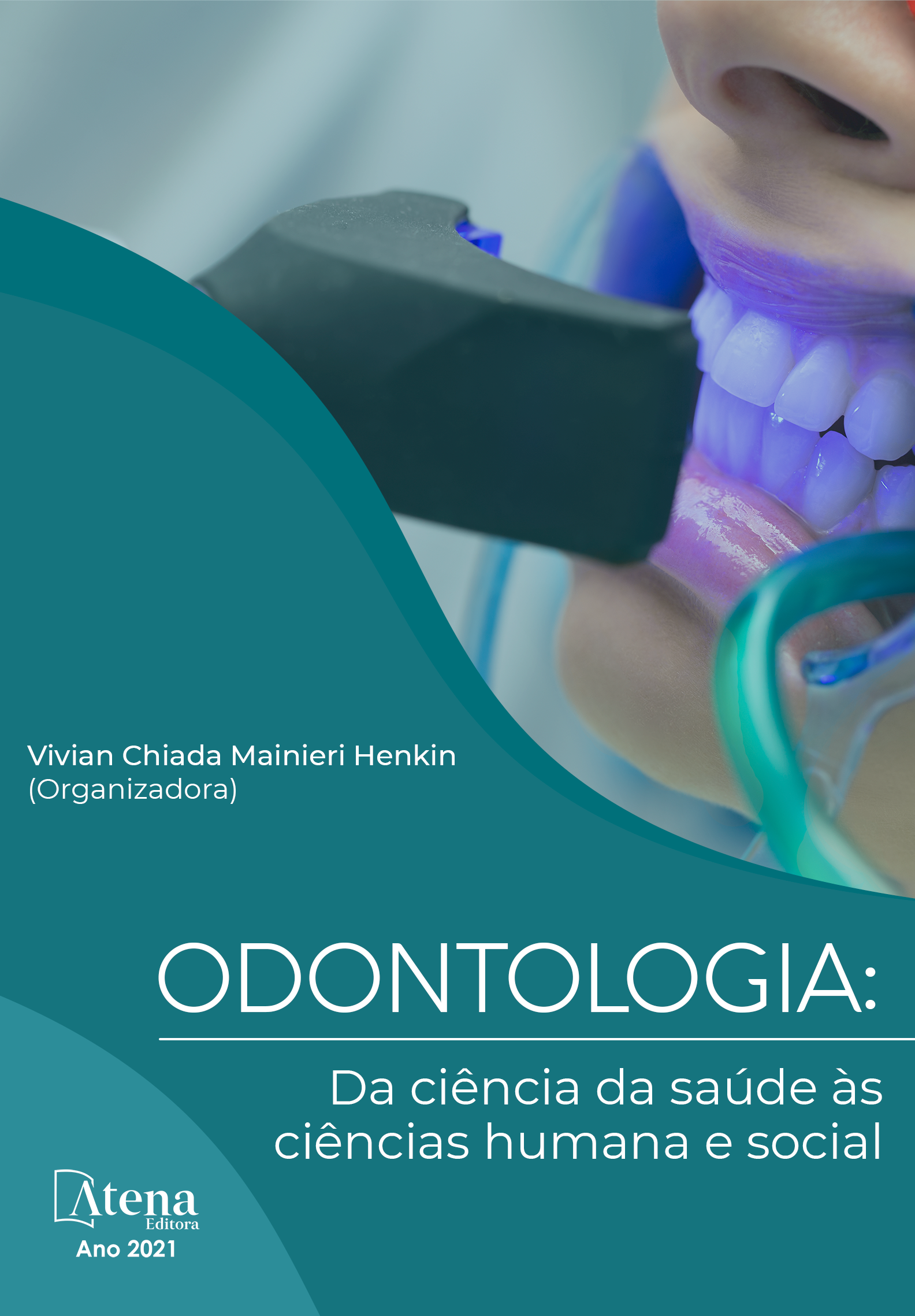
AVALIAÇÃO DO USO DE ULTRASSOM PARA A LIMPEZA DO CANAL RADICULAR EM RETRATAMENTOS ENDODÔNTICOS
Introdução e Objetivo: O propósito do retratamento é remover o material obturador e promover a limpeza e modelagem do canal radicular mesmo diante de anatomias complexas como os canais ovais. Este estudo objetiva comparar a efetividade da remoção do material obturador endodôntico utilizando instrumento reciprocante e instrumento reciprocante associado ao uso de agitação ultrassônica, através de tomografia computadorizada de feixe cônico. Materiais e Métodos: Foram selecionadas 28 raízes bovinas unirradiculares com canais ovais. Os espécimes foram preparados com o sistema ProTaper Manual Universal até o instrumento F3 e depois obturados pela técnica híbrida de Tagger usando o cimento AH Plus. Posteriormente, as raízes permaneceram 48h em estufa a 37ºC e 100% de umidade. Em seguida, foram divididas em 2 grupos (n =14): G1 - Reciproc com agitação ultrassônica e G2 - apenas Reciproc. Todas as amostras foram analisadas por tomografia computadorizada de feixe cônico nos cortes sagital, coronal e axial antes e depois da remoção do material obturador e submetidas a análise de dados pelos testes de Kruskal-Wallis e Dunn. Resultados: No teste de Kruskal-Wallis não foi encontrada diferença estatística entre os grupos (p>0,1354). Para identificar se houve diferença entre os cortes foi realizado o teste de Dunn, o qual apresentou diferença estatística entre os cortes sagital e axial tanto para o Grupo 1 (p>0,0428) quanto para o grupo 2 (p>0,0001). Conclusões: Sendo assim, nenhum protocolo foi capaz de remover completamente o material obturador do canal radicular e que a agitação ultrassônica não foi capaz de melhorar a remoção do material obturador.
AVALIAÇÃO DO USO DE ULTRASSOM PARA A LIMPEZA DO CANAL RADICULAR EM RETRATAMENTOS ENDODÔNTICOS
-
DOI: 10.22533/at.ed.8262123114
-
Palavras-chave: Endodontia, instrumentos odontológicos, retratamento
-
Keywords: Endodontics, dental instruments, retreatment
-
Abstract:
Introduction and Objective: The purpose of retreatment is to remove the filling material and promote cleaning and shaping of the root canal even in the face of complex anatomies such as oval canals. This study aims to compare the effectiveness of the removal of endodontic filling material using a reciprocating instrument and a reciprocating instrument associated with the use of ultrasonic agitation, through cone beam computed tomography. Materials and Methods: Twenty-eight single-rooted bovine roots with oval canals were selected. The specimens were prepared with the ProTaper Manual Universal system up to the F3 instrument and then obtained by Tagger's hybrid technique using AH Plus cement. Afterwards, the roots remained 48h in an oven at 37ºC and 100% humidity. Then, they were divided into 2 groups (n =14): G1 - Reciproc with ultrasonic agitation and G2 - Reciproc only. All samples were analyzed by cone beam computed tomography in the sagittal, coronal and axial sections before and after removal of the filling material and submitted to data analysis using the Kruskal-Wallis and Dunn tests. Results: In the Kruskal-Wallis test, no statistical difference was found between the groups (p>0.1354). To identify whether there was a difference between the cuts, the Dunn test was performed, which showed a statistical difference between the sagittal and axial cuts for both Group 1 (p>0.0428) and for Group 2 (p>0.0001). Conclusions: Therefore, no protocol was able to completely remove the filling material from the root canal and ultrasonic agitation was not able to improve the removal of the filling material.
-
Número de páginas: 14
- José Leandro Santos da Silva Filho
- Dannyele Cynthia Santos Pimentel Nicácio
- Joanna Rodrigues da Silva Ferreira
- Rafaela Andrade de Vasconcelos
- Affonso Gonzaga Silva Netto


